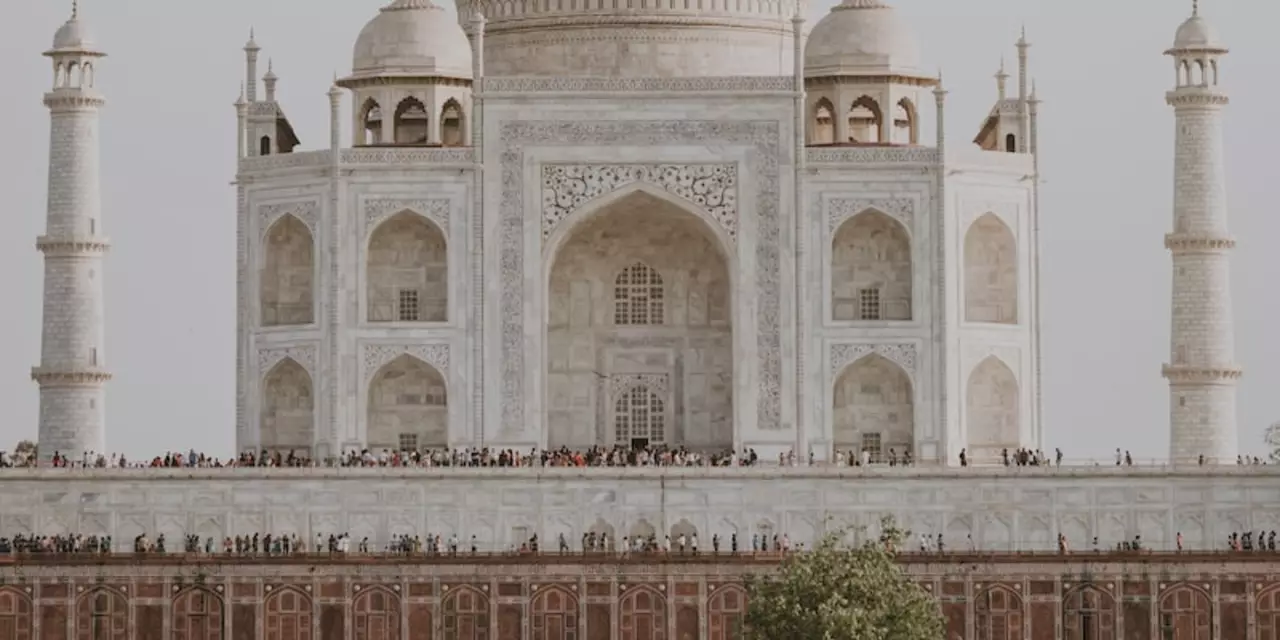Population in India: Trends, Challenges & Everyday Impact
India is now the world's most populous country. That simple fact changes a lot — from how cities grow to the kind of jobs available and the pressure on hospitals and schools. If you live in India or care about its future, understanding population trends helps you make smarter personal and community choices.
Why population numbers matter right now
Population isn't just a number. It shapes daily life. More people mean more workers, but also more demand for homes, water, transport and healthcare. Cities expand fast as people move for work, pushing up housing costs and traffic. Rural areas may lose young adults, leaving older populations behind and shifting how agriculture and local services work.
Policy makers use population data to plan roads, hospitals and schools. Businesses use it to decide where to open factories or shops. So whether you're choosing a job, buying a flat, or voting, population trends affect you.
Key trends to watch and what they mean for you
Urbanization: Towns and cities keep growing. That means more jobs in services and tech, but also crowded living and longer commutes. If you're job hunting, cities may offer better pay. If you prefer space and lower costs, consider smaller cities that are expanding.
Migration: Many people move within India or go abroad for work. Migration reshapes local economies — some places face labor shortages, others get new skills and remittances. Thinking of moving? Research job demand, housing prices, and local services first.
Age structure: India has a young population compared to many countries. That can boost the economy if young people get education and jobs. But without good schooling and training, that potential becomes a problem — more unemployed youth raises social and political pressure.
Pressure on services: Growing populations strain health, education and transport. Expect crowded hospitals, school admission challenges, and longer waits for public services in fast-growing areas. Local governments and community groups play a big role in improving access.
So what can you do?
Plan where you live with common sense: check job markets, commute times and school quality, not just price. Invest in skills that match growing sectors — healthcare, IT, logistics and skilled trades are often in demand. Get involved locally: civic groups and local representatives influence how your area handles growth, from waste management to public transport.
Finally, stay informed. Official data like the census and local surveys give the big picture, while local news tells you what’s changing day to day. On News Lives India we cover stories about life in India, migration, state policies and practical issues that affect ordinary people. Use that information to make better choices for your family and future.
Population drives change. Knowing the trends helps you adapt, whether you're planning a career, buying a home, or thinking about where to raise kids. Keep an eye on migration, jobs and services — those signals tell you where opportunities and risks are headed.
When did India's population grew rapidly?
India's population growth has been rapid since the 1950s. This was due to a combination of factors, including increased access to healthcare and improved economic development. This has resulted in a population growth from 361 million in 1951 to 1.37 billion in 2021, making India the second-most populous country in the world. The population is projected to reach 1.5 billion by 2030. As India's population continues to grow, its government needs to ensure that the necessary infrastructure and services are in place to support its population.
